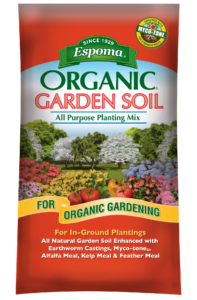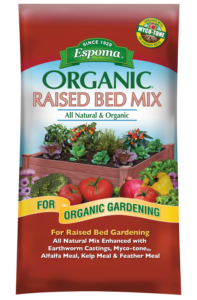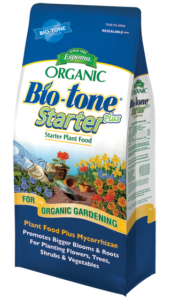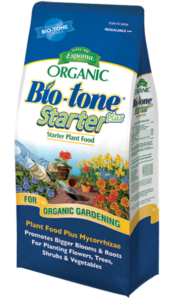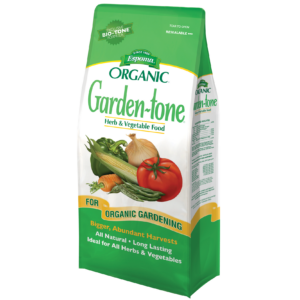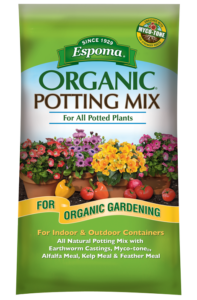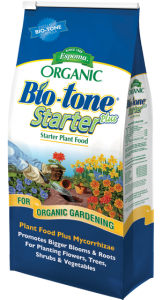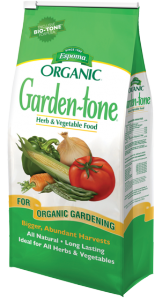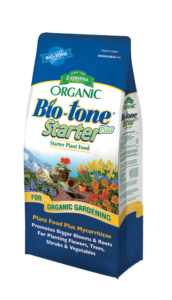VIDEO: Growing Veggies and Herbs 🍅🌿🥕 with Summer Rayne Oakes
Summer Rayne Oakes of Flock Finger Lakes is back in her gazebo garden, where she refreshed her raised beds with Espoma Organic All-Purpose Garden Soil, giving her fruits, veggies, and herbs a nutrient-rich foundation.
From basil to beans, this garden is brimming with variety—and Summer shares her best lessons she learned along the way.
6 Quick Tips from Summer’s Garden
-
Refresh your soil each season – Even healthy beds benefit from a fresh top-off of organic soil like Espoma Organic All Purpose Garden Soil to replenish nutrients and structure.
-
Try companion planting – Marigolds tucked near tomatoes deter pests like hornworms and invite pollinators to the party.
-
Prune and plant tomatoes deeply – Snip off lower leaves and bury stems a little deeper so they develop stronger root systems.
-
Mix in perennial herbs and crops – Plants like sea kale, rhodiola, and schisandra return year after year, offering beauty and resilience.
-
Stagger your sowing – Succession planting of quick crops like radishes, lettuce, and calendula ensures continuous harvests and blooms.
-
Grow what you’ll actually use – Whether it’s sweet potatoes for soups or basil for summer salads, plant to fit your kitchen habits.
A Garden That Nourishes All Season
From tender greens to black goji berries, Summer Rayne shows how diverse plantings and thoughtful soil care can make a small space abundant. With Espoma Organic All-Purpose Garden Soil supporting strong roots and steady nutrition, her gazebo garden is set to thrive all season long.
*****
Learn more about Flock Finger Lakes here:
Website: flockfingerlakes.com
Instagram – @flockfingerlakes
YouTube –Flock Finger Lakes
X – @flockny
Facebook –Flock Finger Lakes
Featured Products:

